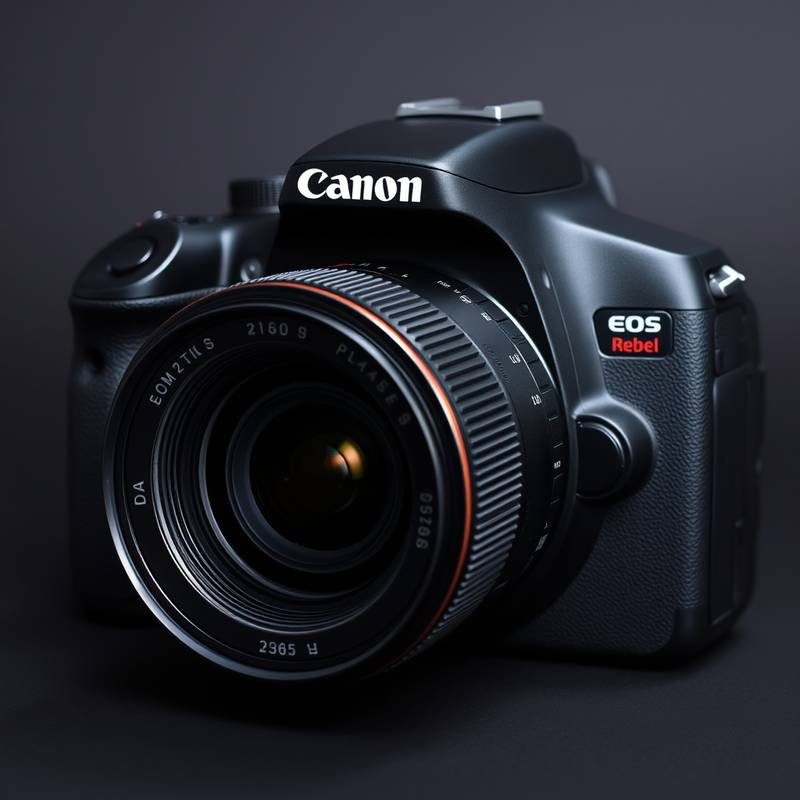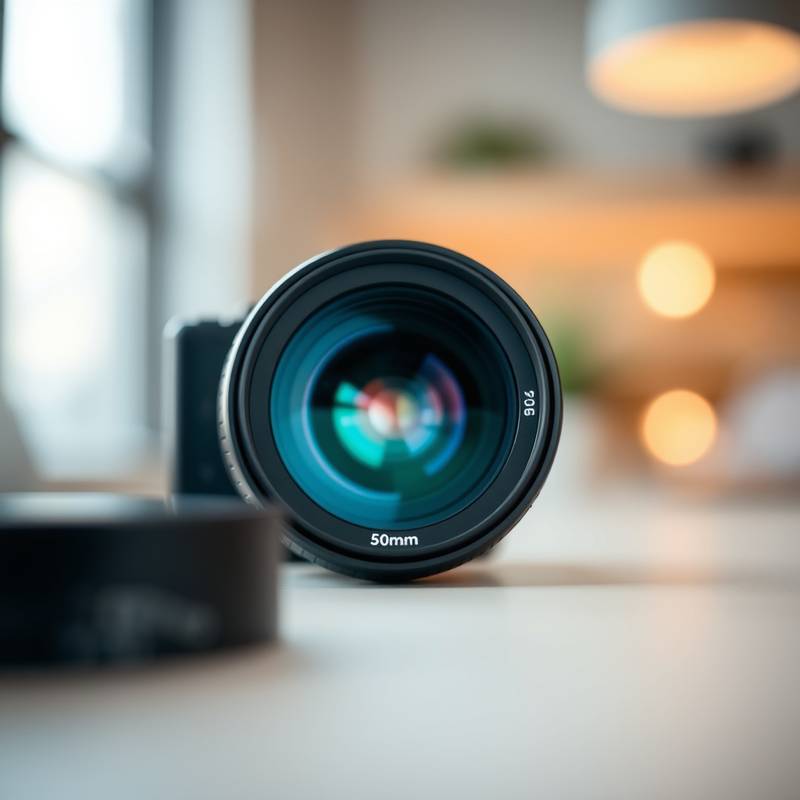Recommended Equipment for Beginner Photographers
Welcome to the equipment guide for beginner photographers at Creative Canvas Studio! Starting your photography journey can be exciting, but also overwhelming with the amount of equipment available. This guide aims to simplify your choices and recommend reliable, budget-friendly options that will help you learn and grow as a photographer. We’ll cover cameras, lenses, lighting, tripods, bags, and essential accessories.
Cameras
Choosing your first camera is a crucial step. Here are a couple of excellent choices for beginners:
-
Canon EOS Rebel T7 / 2000D

The Canon EOS Rebel T7 (also known as the 2000D) is a fantastic entry-level DSLR. It features a 24.1-megapixel sensor, Full HD video recording, and built-in Wi-Fi for easy sharing. It's user-friendly and offers great image quality, making it perfect for learning the fundamentals of photography.
Why it's great for beginners: Simple interface, good image quality, readily available and affordable.
-
Nikon D3500

The Nikon D3500 is another excellent DSLR option. It boasts a 24.2-megapixel sensor, Full HD video, and a long battery life. Its lightweight design and easy-to-use controls make it ideal for beginners. The Nikon D3500 produces sharp, vibrant images that will impress.
Why it's great for beginners: Lightweight, intuitive controls, excellent battery life, sharp image output.
Lenses
The lens is just as important as the camera body. Here are a few essential lenses to consider:
-
Kit Lens (18-55mm)

Most beginner DSLRs come with an 18-55mm kit lens. This lens is versatile and suitable for a wide range of subjects, from landscapes to portraits. It's a great starting point for learning about focal lengths and composition.
Why it's great for beginners: Versatile, affordable, excellent for learning different focal lengths.
-
50mm f/1.8 Lens

The 50mm f/1.8 lens (often called the "nifty fifty") is a must-have for any photographer. It's incredibly sharp, offers a shallow depth of field for beautiful portraits, and performs well in low light. Plus, it's very affordable.
Why it's great for beginners: Sharp, excellent in low light, great for portraits, budget-friendly.
Lighting
Good lighting can make or break a photo. Here are some lighting options for beginners:
-
Reflector

A reflector is an inexpensive and versatile tool for bouncing light onto your subject. It can soften shadows, add highlights, and create more balanced lighting. A 5-in-1 reflector offers different surfaces for various lighting effects.
Why it's great for beginners: Affordable, portable, improves lighting quality easily.
-
Speedlight Flash

An external flash (speedlight) is much more powerful and versatile than the built-in flash on your camera. It allows you to control the direction and intensity of the light, resulting in more professional-looking photos. Consider a Yongnuo speedlight as a budget-friendly option.
Why it's great for beginners: More powerful than built-in flash, allows for creative lighting control.
Tripods
A tripod is essential for sharp, blur-free photos, especially in low light or when shooting landscapes.
-
Basic Aluminum Tripod

A basic aluminum tripod is a great starting point. Look for one that is lightweight, sturdy, and has adjustable legs. A tripod with a ball head allows for smooth and precise adjustments.
Why it's great for beginners: Affordable, lightweight, provides stability for sharp images.
Camera Bags
Protect your equipment with a good camera bag. Here’s a recommendation:
-
Backpack Camera Bag

A backpack camera bag is a comfortable and practical way to carry your camera, lenses, and accessories. Look for one with padded compartments to protect your gear from bumps and scratches. Brands like AmazonBasics or Endurax offer affordable and reliable options.
Why it's great for beginners: Comfortable to carry, protects equipment, ample storage space.
Other Accessories
Here are some other essential accessories for beginner photographers:
- Memory Cards: Invest in a couple of reliable SD cards with sufficient storage capacity (e.g., 64GB or 128GB). SanDisk and Sony are trusted brands.
- Extra Batteries: Having an extra battery is always a good idea, especially for long shooting sessions.
- Lens Cleaning Kit: Keep your lenses clean with a microfiber cloth, lens cleaning solution, and a blower brush.
- Remote Shutter Release: A remote shutter release helps prevent camera shake when shooting long exposures or time-lapses.
Equipment Comparison Table
This table compares some of the recommended equipment based on various factors.
| Equipment | Price Range | Pros | Cons | Use Case |
|---|---|---|---|---|
| Canon EOS Rebel T7 | $400 - $500 | Easy to use, good image quality, affordable | Limited features compared to higher-end models | General photography, family photos, learning the basics |
| Nikon D3500 | $400 - $550 | Lightweight, excellent battery life, sharp images | No built-in Wi-Fi in some bundles | Travel photography, outdoor shooting, everyday use |
| 50mm f/1.8 Lens | $100 - $200 | Sharp, excellent in low light, affordable | Fixed focal length, not suitable for all situations | Portraits, low-light photography, shallow depth of field |
| Photography Reflector | $20 - $50 | Affordable, portable, versatile lighting tool | Requires practice to use effectively | Outdoor portraits, product photography, fill lighting |
Final Thoughts
Choosing the right equipment is an important step in your photography journey, but remember that it’s the photographer, not the camera, that makes the image. Focus on learning the fundamentals, practicing regularly, and experimenting with different techniques. With the right equipment and a passion for photography, you'll be well on your way to capturing stunning images. Don't hesitate to reach out to Creative Canvas Studio for further guidance and support as you develop your skills!